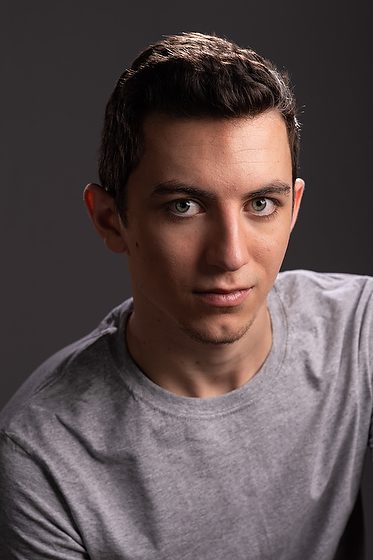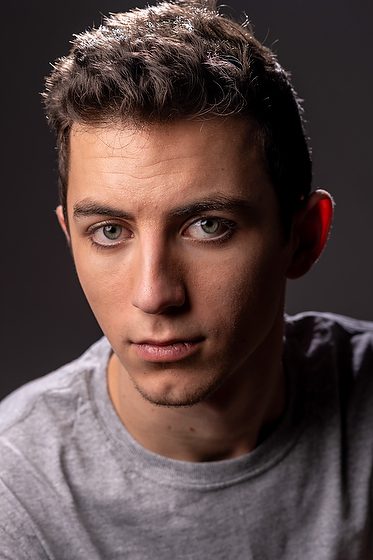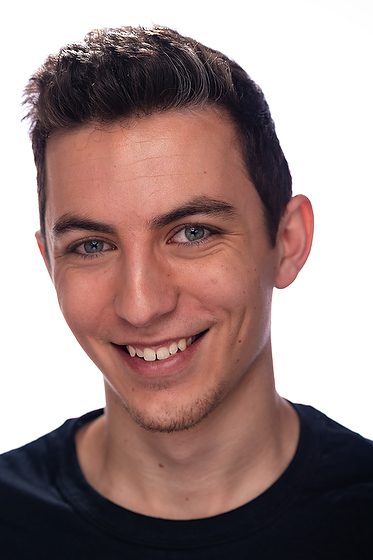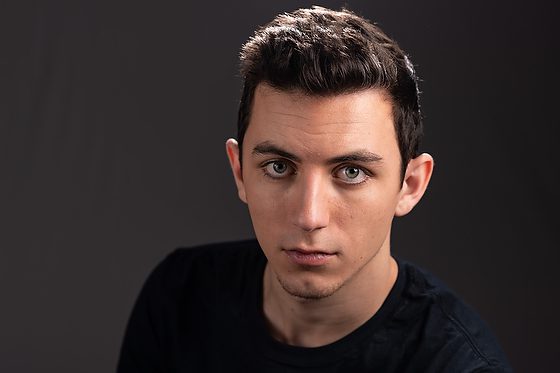When working with actors for their headshots, I have to feel them and see how much direction they need.

There is a fine line between over or under-directing a person.
If you over-direct, you are not giving them time to try and respond to your direction. If you ask them to think about something to elicit an expression, they need time to wrap their head around that thought.
I prefer a very relaxed expression, as if the person in the photo is listening to me. I think it is a very inviting expression that helps pull a viewer into the photo.

While a smile is attractive, it is often done wrong and looks exceptionally fake. Here are some tips for getting a genuine expression.
One great thing to try with models is to ask them to Squinch their eyes.
First, you must relax the muscles around your eyes; tightening them would make a squint. Next, lightly lower the top eyelid ever so slightly. But the key to a good Squinch is learning to use the ligaments to push up the bottom lid, which is harder to achieve.
This is also called the Smize, where you smile with your whole face. Smizing is Tyra Banks’ secret to a stunning photo. Smizing is considered a look that involves smiling not only with your mouth but through your eyes – smiling with the eyes – hence, “smize.”

Sometimes the best way to get a genuinely warm smile isn’t to say smile rather than a squint. You may have to show people how to do this, so practice in a mirror.
I often ask people thought-provoking questions to get that look that they want to communicate something to you, and they are looking for the right words, which they are doing.

